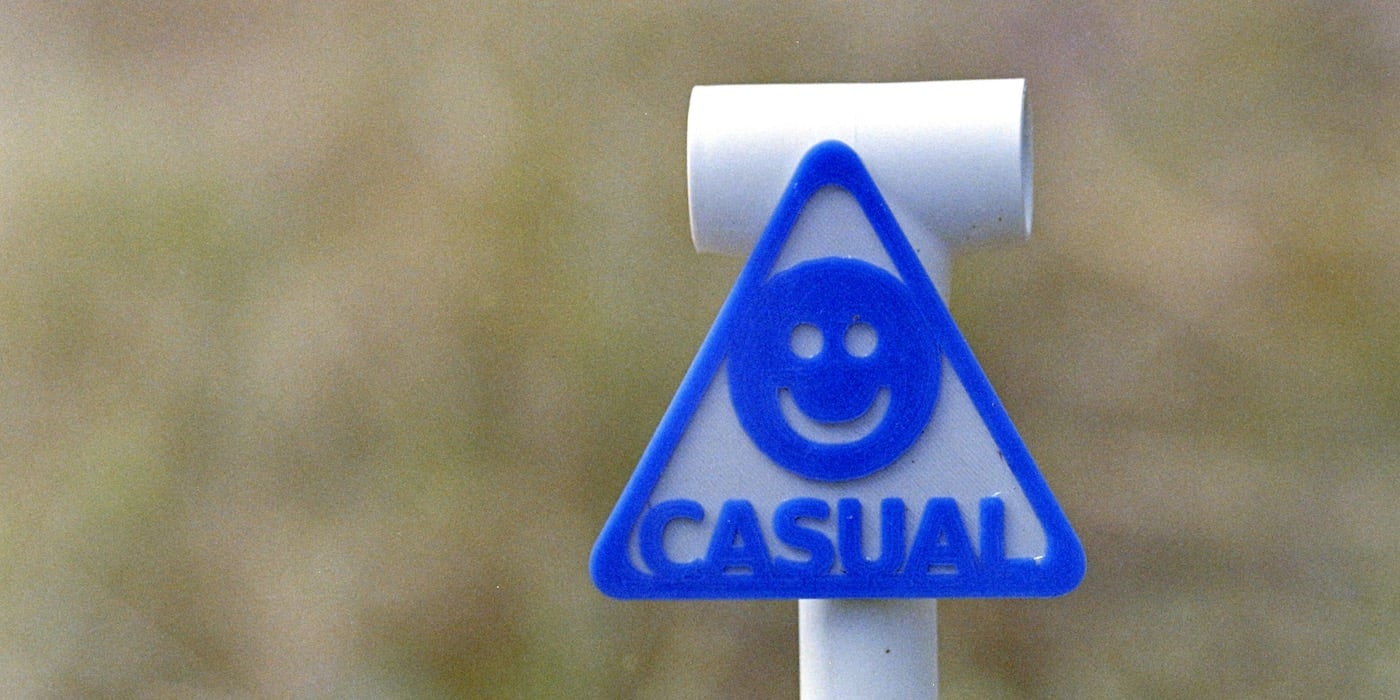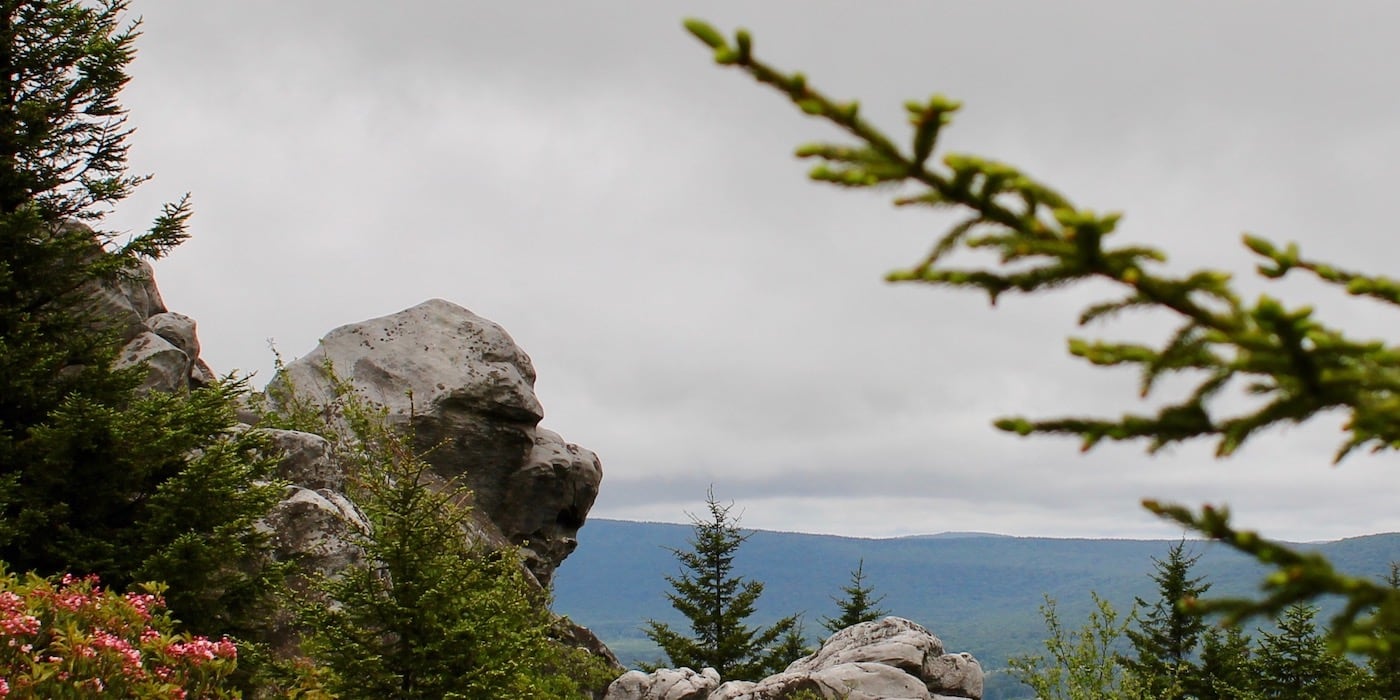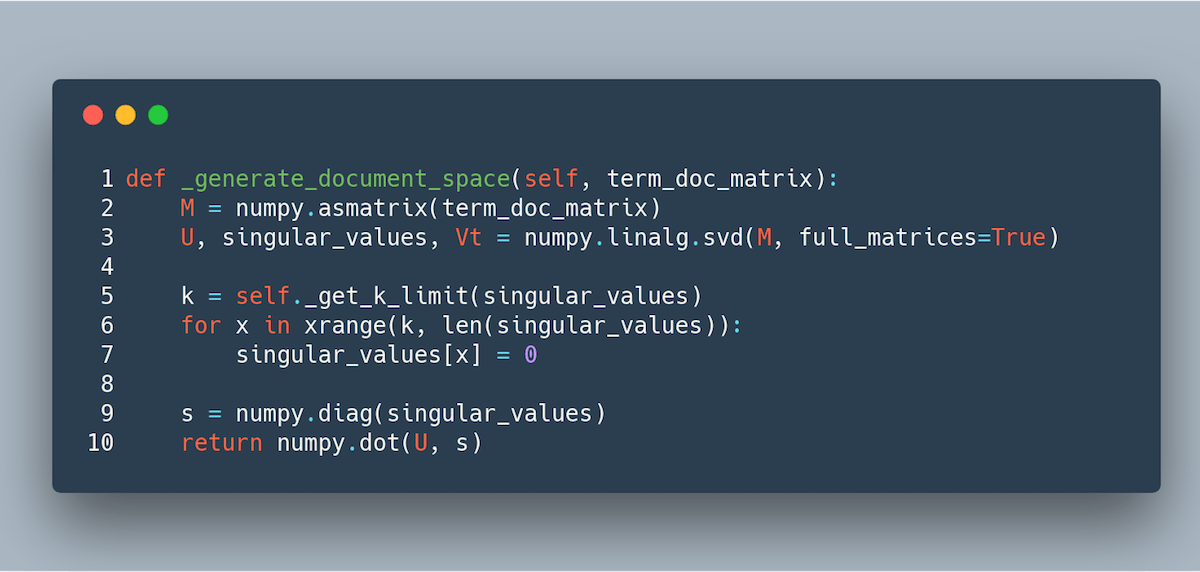After using a Hasselblad 203FE and Zeiss Planar 110 f2.0 for about a year, I found myself wanting to improve the shooting experience. Though the 203FE is practically dwarfed by cameras like the Mamiya RZ67, I’ll acknowledge it’s still more of a studio camera than a street shooter. Despite that, I enjoy attaching a hand strap and taking it along for a photo walk. The trouble for me comes when I want to throw a filter on the front.
The Carl Zeiss Planar 110 f2.0 has a bayonet 70 filter mount. Purpose-made filters of this type are expensive, but the real problem is that useful filter variants are almost never available for purchase. Additionally, the aftermarket bay 70 adapters are not very good; they have bent metal springs that never catch properly, they rotate out of position, and they fall off the camera. The Cokin P series adapters work fine when on a tripod, but the corners of the oversized square frame catch on pockets and are generally a nuisance when walking around. If I wanted something to suit my needs, I’d have to make it myself.
I have one enlarger, an Omega D3. I sought out this model because it can handle negatives as large as 4 by 5 inches. But, when I decided I wanted to print some subminiature 8 by 11 millimeter negatives, I would be pushing its capabilities in the opposite direction.
The manual assured me that the Omega D was capable of printing Minox negatives. I don’t have the recommended 28mm lens, but a 50mm lens should be able to make enlargements up 3.5 x 5 or 4 x 6. What I really needed was a carrier to hold the negatives in place.
After spending some time searching the internet for the official negative mask, I found that I would need to manufacture one myself. My first thought was to 3D print a near copy of my 24 x 35 carrier; just make the opening smaller. I was concerned that the heat put off by my incandescent condenser would warp the carrier. So, instead, I decided to create an insert for the 35mm carrier.
I finally had a chance to shoot a roll of Harman’s new color film. Phoenix is noticeably different than other films on the market; the film comes out of the can a mustard color and comes out of the developer a deep indigo. At quick glance the developed negatives look to be black and white. It’s only on closer inspection that orange hues are visible. The purplish base color might cause problems for some negative digitization programs, but I was able to get usable images with a small amount of effort.
The final images turned out well, though not without idiosyncrasy. Pictures shot outdoors under average conditions produced contrasty images not unlike other daylight balanced films. It is outside of average conditions where the film began to show its unique character. On mostly blue-sky days, the film seemed to produce pure whites which enhanced the clouds. When shot into the direction of the sun, even under rainy conditions, the lack of an anti-halation layer was obvious and overpowering at times. It seemed that every time I used the spot meter on the TC-1 to preserve details in the shadows, I lost them in the highlights, so perhaps the dynamic range is somewhat limited. Finally, when shot at night Phoenix may have imparted slightly more orange than would be expected from a daylight film.
There is no doubt that this film has quirks, but I enjoy the character of Harman’s Phoenix. I will undoubtedly shoot more of this film, though I will be mindful of the dynamic range and halation.
Modern cameras have evolved towards a uniform set of ergonomics. If you are looking for a new, high-end, mass-market camera, there’s a good chance the one you get will be covered in black plastic, have a hand grip on the right side, and place the majority of controls within the reach of your right thumb and forefinger. And there is nothing wrong with this uniformity; these cameras are like this because the layout works. Vintage film cameras, on the other hand, are what evolved into this form, so they come in a larger variety of shapes, sizes, and layouts. The layout of film cameras is also influenced by the type of film and the functionality that was available when the camera was produced. Film cameras simply have more diversity with regards to form and function.
Since I dropped back into the world of film photography, and my eyes were opened to the number of choices available, I have been searching for the kit that works for me. I tried a lot of cameras. After an obligatory TLR phase, I briefly thought that mid-century rangefinders would be the camera for me. I eventually realized that I was looking for two different cameras. When I go out with the intention to take photos, I like a medium format camera with a large aperture manual focus lens. When I just go out, I like a small, capable point-and-shoot; I’m looking for an alternative to the fine-in-their-own-right iPhone cameras.
As time moves forward, preferences change and get refined. This is how my camera choices have evolved over the past year.
In this video I experimented with creating colorized prints on regular black and white paper using Rockland Polytoner. It started with me mixing up the chemistry, and learning that pouring alcohol into hot water creates a lot of nasty fumes. I then created prints three different ways. First, I developed the print directly in the Polytoner and then fix. Next, I developed in Polytoner and bleach before fixing. Finally, I developed in Ilford Multigrade before toning with the Polytoner and then fixing.
In this video I cover the techniques I use to develop color film. I am not a darkroom expert, I have only been developing color film for a couple years, and I mess the process up 2 or 3 times out of ten. So, if I am being honest, I might not be the best person to learn from. However, stoping to think about and explain the process has helped me, and I hope it can similarly help others. Or, maybe, some nice person will notice a mistake I make and point it out to me. In and case, we will only get better.
For the demonstration I developed a roll of expired Kodacolor VR-G. Though there were no obvious problems with development, the results were not amazing. I expected that. I decided to create the video while developing this particular roll of film because I assumed that I would make a mistake. I frequently make development mistakes, so the added distraction of also shooting a video would only increase the risk of failure. I am happy that the images turned out as well as they did, even if I did have to do a lot of post-processing.
I was worried that deployment would wreck my home. It’s not an unreasonable fear, that outcome is a high probability event. A lot of things need to happen in order for a family not to be destroyed by a deployment, the sundry details fall into one of three conditional categories. The people left behind have to hold everything together with one less contributor. The person deployed has to make it through the deployment. And, the expeditioner must successfully re-integrate into society. This last item is often taken for granted. Most assume that surviving the war is surviving the hazardous part.
My family had a community that supported them, and they were able to make do without me. It wasn’t fun for them. They had to learn to cope as a one parent household, on what they hoped would be a temporary basis. They were on edge, praying that they didn’t one day learn the situation would become permanent.
I wasn’t killed in the war, but parts of me died. The remaining innocence I had and my naïveté about how the world worked were both certainly causalities. Some might argue that those represent positive changes; I’m not sure that I would agree, but it makes for an interesting debate. On balance, being deployed made me a worse person, at least for a while. I had great people in my life that helped me through periods of dealing with untreated post traumatic stress. With their support I was ultimately able to find serenity. I knew people who were not so fortunate.
The reality is that, for many people, the war doesn’t end when they arrive back home. The effects of the war linger on in people, long after the war has supposedly ended for them. Somehow, I eventually got better. Miraculously, my home wasn’t wrecked by my 18 month adventure.
The Labor Day Weekend BBQ and Music Festival at Barberton’s Lake Anna Park
The film was shot at box speed and developed normally.

This roll of Fuji Super HQ 200 is probably the best roll of expired film I have ever shot. I really love how the photos turned out. The grain is amazing and the colors have a contrasty, vintage look that is not skewed too far towards one color. The 2000 Canon EOS ELAN 7e (and the FPP C-41) paired nicely with the Super HQ 200.
The film was shot at ISO 80, as per my rules of thumbs for shooting expired film.

A year and a half after I arrived back stateside from my expedition to Iraq I was asked about my deployment experience. The child of a friend of a friend needed to interview veterans for a project they were working on, so I agreed. The thing I remembered about my response, and what made me think of this questionnaire many years latter, was my memory of how Iraq smelled. Usually memories are visual, but these memories had an olfactory component to them. This was brought back to mind by Jon Stewart’s recent efforts to highlight the ill effects veterans are suffering from burning shit in Iraq.
At our first forward operating base we had burn toilets prior to receiving chemical toilets, but I think the rear elements had to burn the waste while we were out running missions. The thing people probably don’t realize though is that the baseline pollution level in Iraq, the baseline in combat zones, is considerably higher than what we enjoy here in the United States. Perhaps urban air quality in the late 60s, prior to the EPA, was similar to what I experienced in Iraq.
Of course it may have been worse in Iraq due to the dusty, arid environment. There was always something in the air. We lived in an old government building which perhaps contained asbestos, who knows, I doubt anyone tested for that. What we do know is that the building was famously bombed by Tomahawk missiles on the first night of the war. Those missiles were probably tipped with depleted uranium. We would laugh every time a mortar bounced off of the sturdy building. But, the so-called insurgents might get the last laugh; each of those mortar hits would stir up dust in the unventilated building. The Army should have given us N95 masks rather than gas masks which literally went unused, because, you know, there were in fact no weapons of mass destruction in Iraq.

The Appalachian Trail is sometimes referred to as the green tunnel. The truth is that many of the backpacking trails on the East Coast run under the cover of deciduous forests and have few scenic overlooks. One backpacking area within driving distance of Northeastern Ohio which breaks out of the green tunnel is the Dolly Sods Wilderness. Dolly Sods has a rough, barren appearance which is partially the result of its unique ecology and partially the result of a long history of exploitation and abuse by European settlers.
Prior to civilization creeping up to it’s borders, Dolly Sods was an inaccessible region covered with spruce, hemlock, and mountain laurel. The expansion of the railroads brought the lumber industry into the area. As the lumber industry clear cut the forests they left behind a landscape barren of trees yet fertile for fires. Fires destroyed vegetation which survived the lumber companies. By the late 1920s little of value was left and the companies moved on. The Civilian Conservation Corps started planting spruce in the 1930s, but in 1940s the US Army rolled in. They were preparing for war in Europe and needed a place to practice destroying things with artillery shells.

On this site I write about, what I like to believe is, a diverse set of topics. The normal way of presenting posts using a sequential list does nothing to help people discover other material on the site which they may also be interested in. I wanted to provide visitors with a list of links to content which is similar to the page they are currently viewing. However, due to limitations in the platform I’m using, there was no option to simply turn this on. So, I wrote some code and implemented an algorithm to solve this problem.